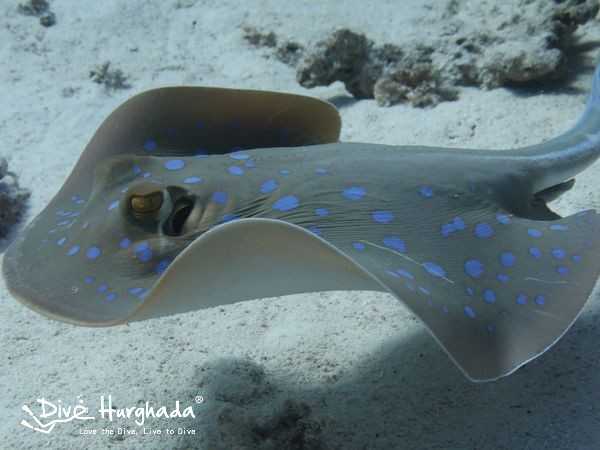
Red Sea Rays - An inspiration for Innovations
What would be the common factor between a Corvette Car, a non-clogging filtration mechanism and the X-48C Aircraft? You guessed it right! These remarkable inventions were all inspired one way or another by the fascinating creature: the Ray!
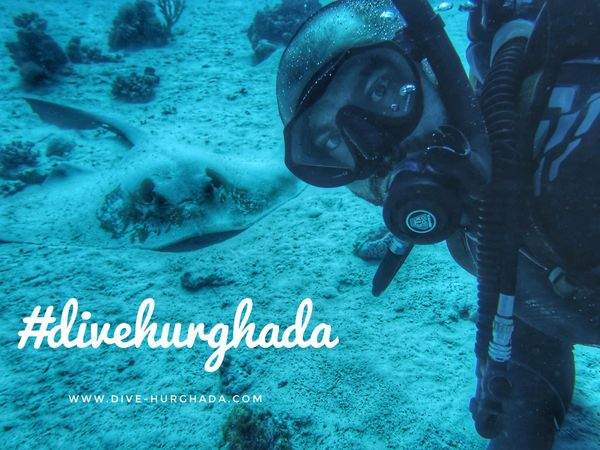
There are 13 species of rays in the Red Sea and while they all share some common characteristics some of them possess unique features that set them apart from the rest. They have all evolved from sharks and therefore share the shark’s cartilaginous skeleton. They are classified as batoid fishes which means that their bodies tend to be flattened and disc-like with the pectoral fins merging into the main body. Manta rays and eagle rays move through the water in a way that resembles flying while stingrays flap the edges of their body discs but other rays mostly use their tails to swim. Bottom-dwelling rays (such as the blue-spotted stingray or leopard torpedo ray for example) will often bury themselves in the sand so that only their eyes and respiratory openings are showing.
Rays breathe by pulling water in through their spiracles (a small pair of holes behind the eyes) and pushing it out through the gill slits on their underside. They normally live alone except for mantas and devil rays which live in groups. Most rays feed predominantly on mollusks, crustaceans, worms, and fish leaving a groove in the sand where they have hunted for food. Mantas feed on zooplankton and small schooling fish.
Reproduction starts when a male and female come together belly to belly. The male inserts his clasper (a specially modified fin on his underbelly) into the genital orifice of the female. All species in the Red Sea are ovoviviparous which means that the eggs develop inside the female with the young feeding on the egg yolk. Later as the time for the young to be released draws near they will feed instead on albuminous fluid (also called uterine milk or histotroph) secreted by the uterine wall.
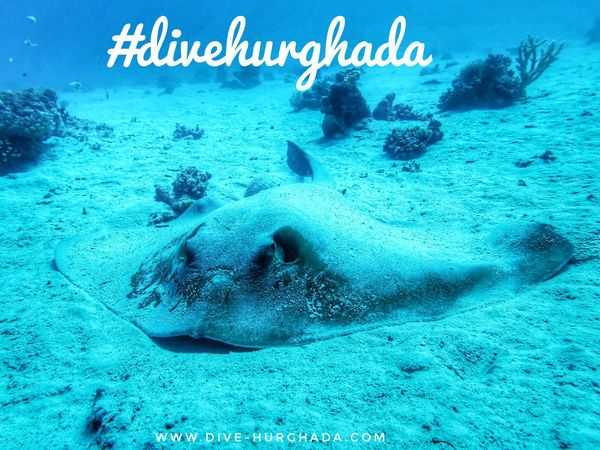
The mating season varies according to the particular type of ray. For example, the Blue Spotted Stingray typically mates between the end of April and the end of May whereas Manta Rays tend to prefer to mate during January and February. Large rays, on the other hand, such as the Darkspotted Stingray and Feathertail Stingray like to get together from the end of December to around the beginning of February. In contrast, the Torpedo Rays have their mating season from November to January. The average litter size varies between 2 and 11 but can be up to a whopping 32 offspring for the Torpedo Ray.
Rays in general have interesting defense mechanisms. The Torpedo Ray and Marbled Torpedo Ray can give you a nasty electric shock anywhere in the range of 8 to 220 volts if you inadvertently touch it. They tend to bury themselves in the sand with just their eyes showing so divers in regions where these fish are common should do well to be very diligent before sitting or kneeling on the sea bed. The shock is not normally fatal but can be very painful. The long-tailed rays, on the other hand, have one or more poisonous serrated spines along the base of the tail. If stepped on they are able to whip their tail up into the offender.
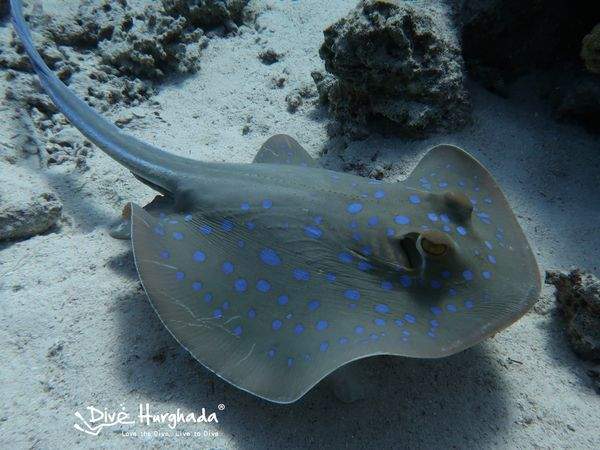
The subsequent wound is one you would certainly wish to avoid as the poison now injected into you can cause excruciating pain, vomiting, a sudden and severe drop in blood pressure, profuse sweating, paralysis, and possibly death. The Australian naturalist Steve Irwin was a case in point; he died in 2006 from a stingray injury to his heart. It is therefore better to ensure you do not irritate these rays.
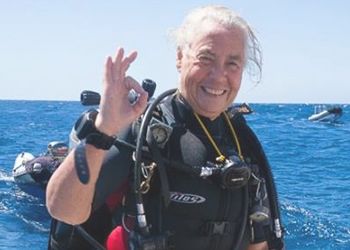
Margaret Hargreaves - PADI Instructor